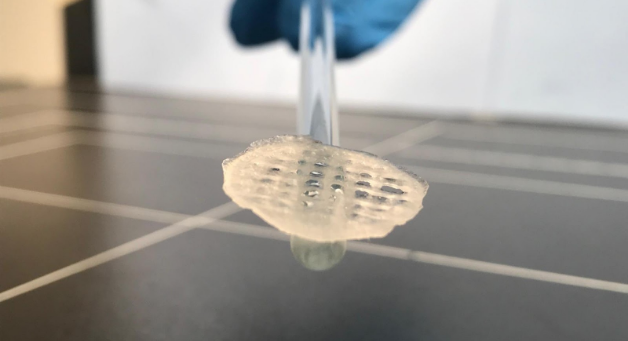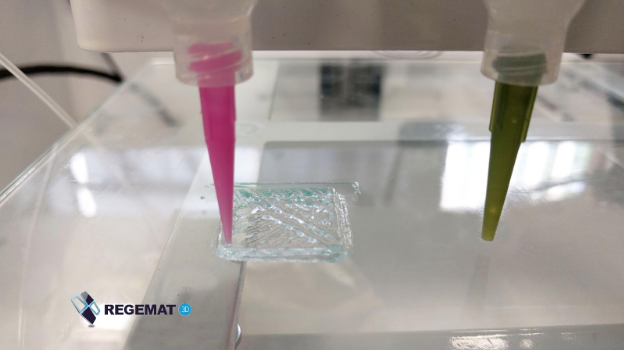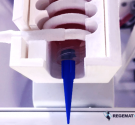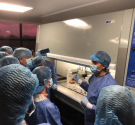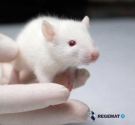3D bioprinting and the pharmaceutical industry: Technology and experience for the development of new drugs
Diseases. Data published by the WHO show that one of the 10 main causes of death in the world is chronic obstructive pulmonary disease (COPD), followed by cancer. In addition to the common diseases that are easily combated with drugs, there are about 7000 rare diseases that affect 7% of the world population.
The pharmaceutical industry must invest large resources for the elaboration of drugs that not only fight diseases, but also avoid serious side effects.
Likewise, biotechnology could become a perfect ally in research and development of new drugs.
What are the advantages of applying this technology?
- Shorten deadlines
- To respond to the need to cure new diseases or rare diseases that already exist.
The process of creating a drug requires an average of 12 years and the average investment is around 2.6 trillion dollars. Getting a drug to market is a very tedious and expensive process.
These are the phases of development of a drug before reaching the market:
- Discovery and development
- Preclinical drug research: ensuring that the drug is suitable for people conducting in vitro tests to be able to proceed to the third phase.
- Clinical research: This phase is in turn divided into other sub-phases. The drug is experimented with in various groups of patients in order to know exactly the risks, benefits and side effects according to the characteristics of each patient.
- Registration and authorization by the authorities
- Launch and monitoring: Control after marketing
3D bioprinting could save significant costs and speed up drug research in the preclinical phase. At Regemat 3D, a pioneering company in bioprinting, we can share some of the research that our collaborators are carrying out:
- Gary Chinga: ‘’ 3D printing high-consistency enzymatic nanocellulose obtained from soda-ethanol-02 pine sawdust pulp ’’ . Development of new biomaterials such as nanocellulose obtained from the pulp of pine sawdust. Application: Creation of skin dressings.
- Carmen Álvarez-Lorenzo: ” Post-manufacture loading of filaments and 3D printed PLA scaffolds with prednisolone and dexamethasone for tissue regeneration applications ” .
Application: Personalization of medicines, release control for regenerative medicine purposes through more versatile PLA bioprinting.
- Vicente Linares, pharmacy faculty of the University of Seville: They have recently been awarded for their abstract: ‘’ PRINTFILLS: Printed systems combining fused deposition modeling and injection volume filling ’’ . Application: colon-specific drug deliverin
It uses different bioprinting technologies to create personalized scaffolds to control drug release in colon diseases. Francisco Jose Calero Castro: ‘’ Proof of concept, design, and manufacture via 3-D printing of a mesh with bactericidal capacity ’’ : Behavioral control in vitro and in vivo.
Application: Generation of 3D meshes that simulate prostheses using biomaterials such as PCL with gentamicin or alginate.
